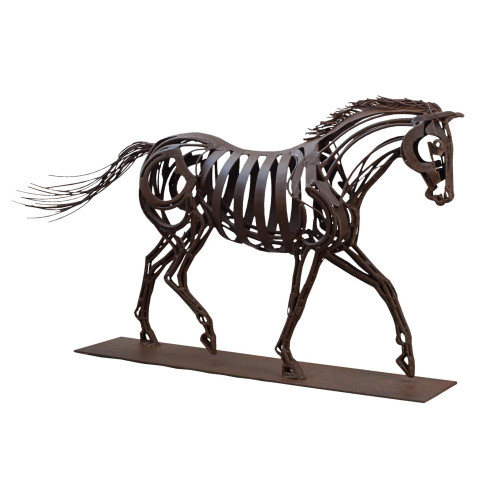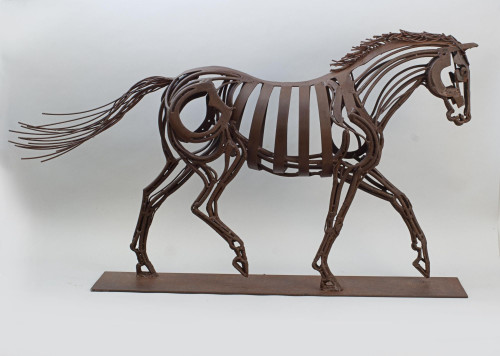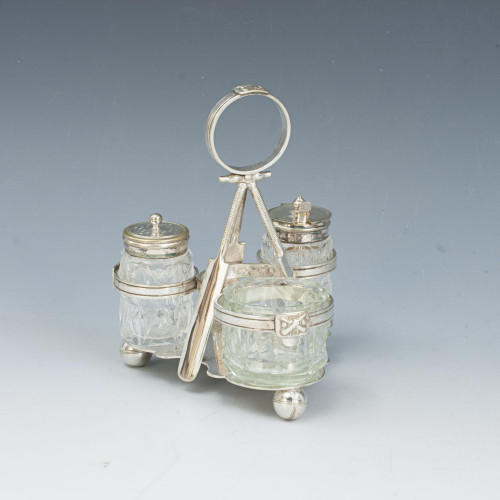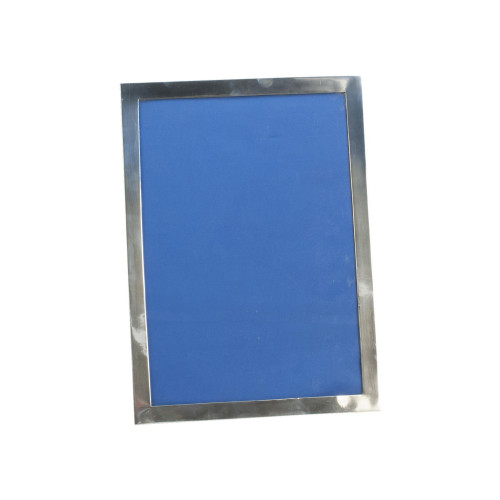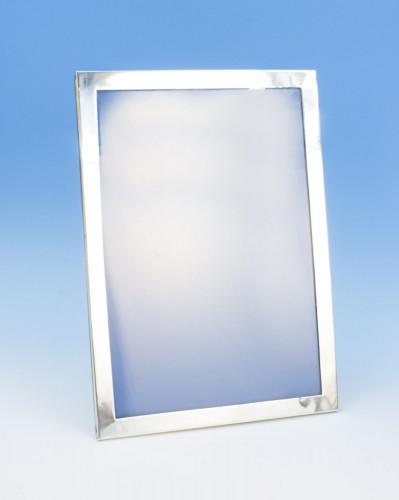- Home
- Equestrian
- General
- Bellfry Horse Bells
Bellfry Horse Bells
Bellfry Horse Bells
Reduced from £5,300 to £4,200
Antique Georgian Bellfry Horse Coaching Bells, Team Bells, Latten Bells, Crotal Bells By Robert Wells.
A very fine and extremely rare collection of cast horse bells from the Robert Wells foundry in Aldbourne, Wiltshire. This type of bell is sometimes referred to as a box of bells or a belfry. These bells have been mounted onto a free standing oak board for display purposes. Each set of bells is mounted onto a supporting iron rod that would have fitted onto the hame on the horse, the bells are then protected from the elements with a leather housing embossed with leaves, the top one is embossed with 18 J J Jurk 03. The first set comprises of four bells of the same size of 3 ¼ inch diameter. The second set is made up of three bells, one 3 ¼ inches the next 3 ¾ inches and the third 4 inches. The third set has a 4 ¼ inch bell, a 4 ¾ inch and a 4 ½ inch. The final set is made up of two bells of 5 inch diameter. Each sized bell has a different number and sound, the 3 ¼ inch bell is No. 15, 3 ¾ inch is 18, 4 inch is 20, 4 ¼ inch is 24, 4 ½ inch is 2, 4 ¾ inch is 28 and the 5 inch is No. 30. The one-piece cast crotal bells are all cast with a distinctive 'RW' maker's mark and have an ornate petal design on the lower hemisphere of the bell body, the clapper is loose and contained within the enclosed chamber with perforations to allow transmission of the rather pleasant ring tone. The bells have a nice green-brown patination.
Crotal bells are also known as rumbler bells, sleigh bells, jingle bells, hawk bells and pellet bells.
These bells were a common adornment to the hames of the collars of the horses used on coaches, carriages or large wagons. The large teams which were required to pull the heavy road wagons were provided with a complete set of bells, the noise from which could clearly be heard at a distance, giving sufficient warning to pedestrians and other drivers of their approach. This was necessary to warn other road users as the width of the roads were rarely sufficient to allow two teams of horses to pass.
The charm of the team bells is not only in their appearance but mainly in the music they make. It is said Robert Wells could produce sets of team bells the sounds of which are unique to each set, this also helped the wagoners tell whose team was approaching and weather they were about to meet up with a friend or a stranger.
The bigger the bells the fewer were fitted and the shaft or 'thill' horse was usually the horse with the largest bells. The bells for the complete set of team bells were carefully selected to ring in harmony. The names vary from one part of the country to another but the bells are sometimes referred to as the 'lead', the 'lash', the 'body; and the 'thill', this indicates which horses wore them as this is also the names of the positions of the horses in the team.
Dimensions:
1800-1849
1803
England
Excellent and very rare indeed.
Thank you for your enquiry.
We will get back to you soon.
Please create wishlist to add this item to
RELATED ITEMS













